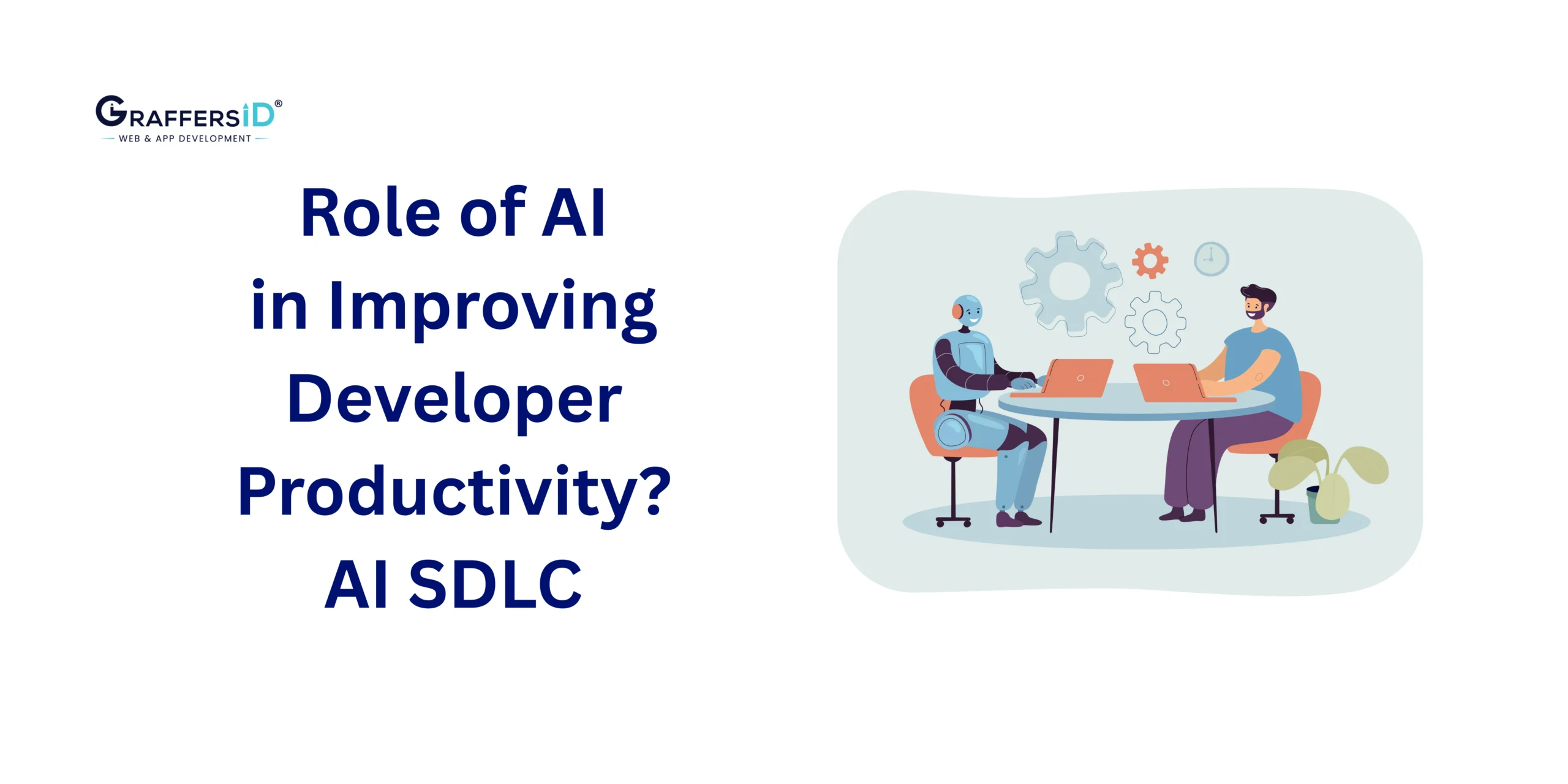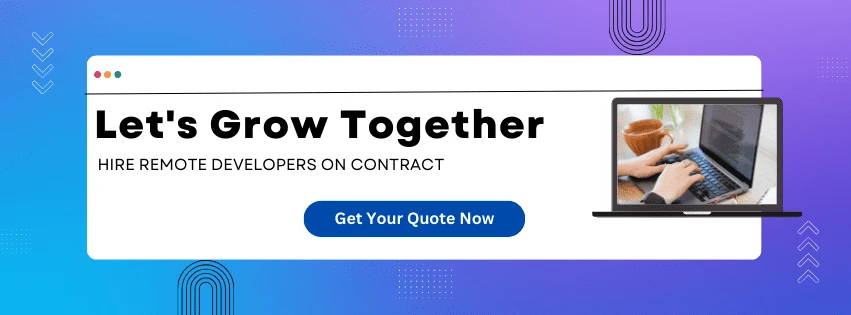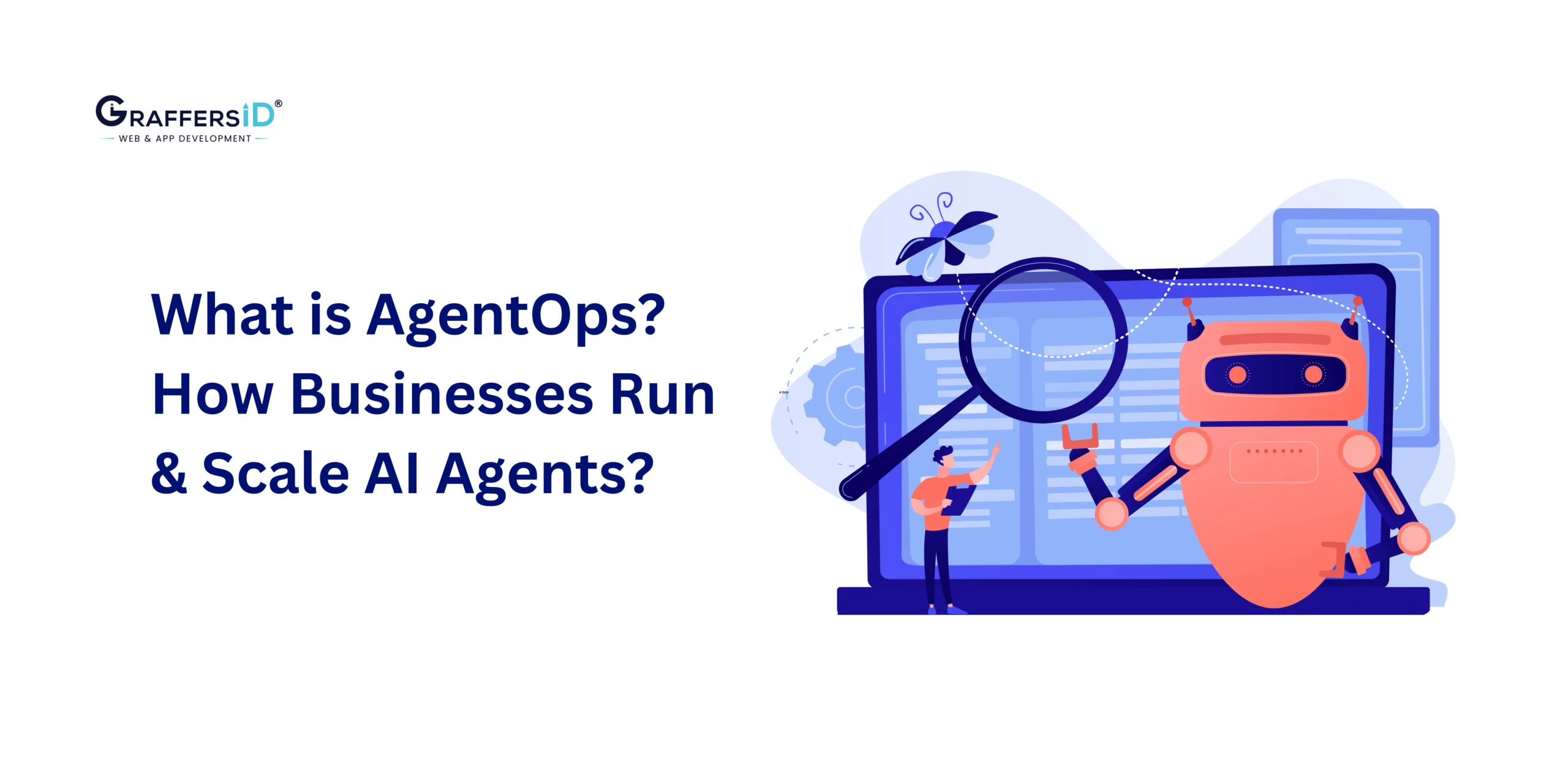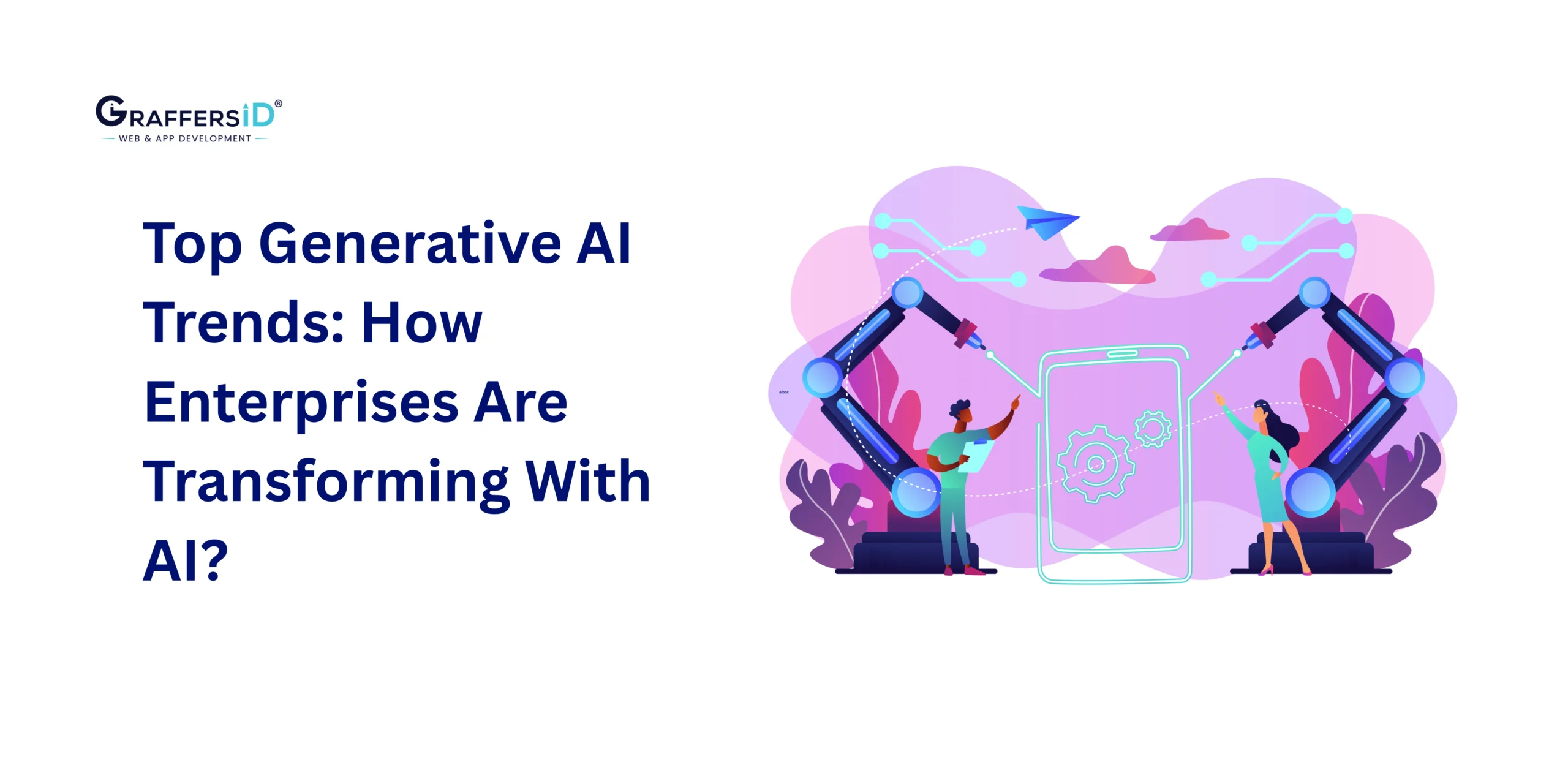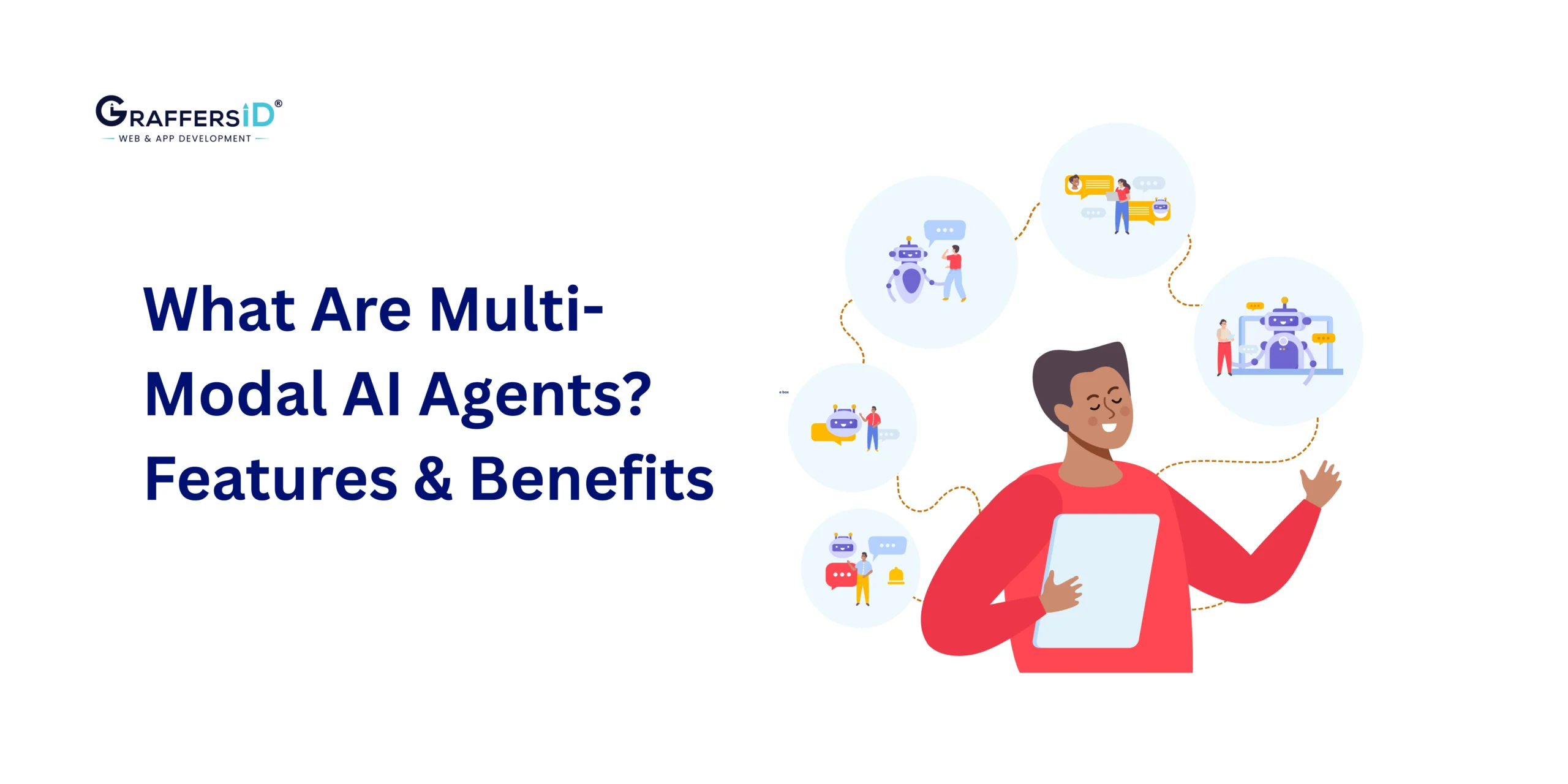Artificial Intelligence (AI) is no longer just an add-on for developers; it has become a core driver of productivity, innovation, and faster delivery across the entire software development lifecycle (SDLC). In 2026, AI development tools are not just improving code completion or bug detection; they’re reshaping how teams design, build, test, deploy, and maintain applications at scale.
With growing software complexity, increasing demand for rapid releases, and the rise of AI-powered automation, businesses that fail to integrate AI risk falling behind. From AI pair programming assistants to predictive project management and self-healing systems, AI is enabling developers to spend less time on repetitive tasks and more time solving business-critical problems.
This blog explores the role of AI in improving developer productivity in 2026, its impact across each SDLC phase, top tools to adopt, challenges to watch out for, and the future trends shaping software development.
Evolution of AI in Software Development
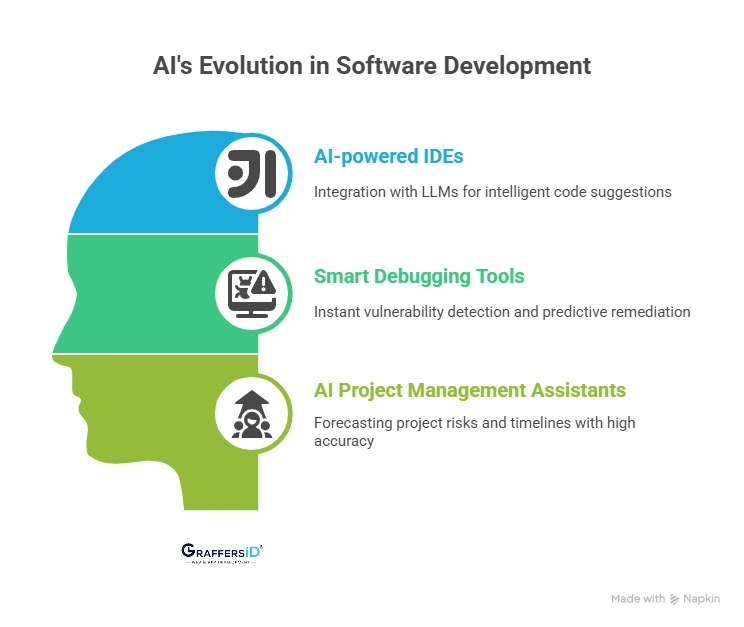
AI in development has moved from basic syntax suggestions in early IDEs to advanced multimodal coding assistants that combine natural language, code repositories, and real-time debugging.
In 2026, AI-powered platforms go beyond automation, providing context-aware insights, predicting performance bottlenecks, and even generating secure, compliant code. The key advancements include
- AI-powered Integrated Development Environments (IDEs): Modern IDEs now integrate with large language models (LLMs) like GPT-5, Gemini, and Claude, providing intelligent context-aware code suggestions.
- Smart debugging tools: AI-driven tools CodeQL and Snyk AI instantly detect vulnerabilities, with predictive remediation, greatly reducing debugging work.
- AI project management assistants: AI development tools such as Jira AI and Asana AI now use historical and real-time data to forecast project risks and delivery timelines with high accuracy.
Read More: ChatGPT vs. DeepSeek vs. Google Gemini: Which AI Model is Best for Developers in 2026?
AI’s Impact Across the Software Development Lifecycle (SDLC)
Artificial Intelligence is streamlining multiple phases of SDLC, reducing manual intervention and increasing overall efficiency.
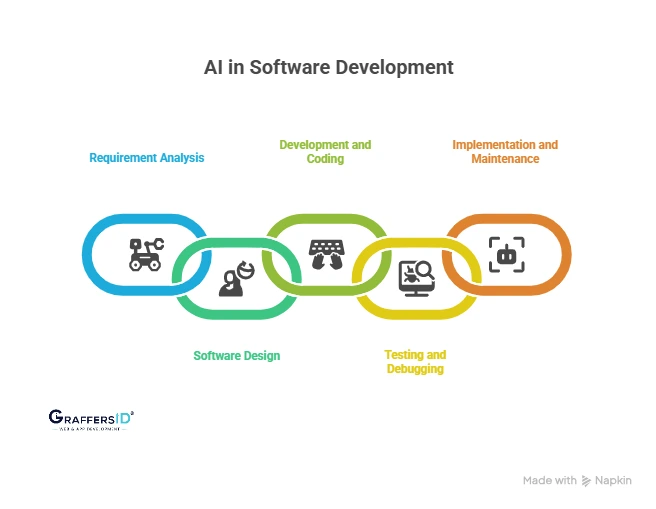
1. Requirement Analysis
- NLP-powered assistants analyze stakeholder documents and extract precise requirements.
- AI-driven analytics forecast feasibility and suggest feature prioritization based on business value.
2. Software Design
- Generative AI design tools create UI/UX layouts and suggest architectures aligned with scalability and security.
- AI proposes frameworks and design patterns based on industry best practices.
3. Development and Coding
- Tools like GitHub Copilot X, Amazon CodeWhisperer, and Tabnine use multimodal AI to generate secure, optimized code snippets.
- AI reduces boilerplate work, automates repetitive logic, and learns developer preferences for customized suggestions.
4. Testing and Debugging
- AI test automation tools generate unit, regression, and security tests in real time.
- ML models predict vulnerabilities and auto-suggest patches.
- Tools like DeepCode AI and SonarQube AI continuously refine code quality.
5. Implementation and Maintenance
- AI-enhanced CI/CD pipelines automate builds, testing, and zero-downtime deployments.
- Monitoring platforms like Datadog AI and New Relic AI predict performance issues before they affect users.
- Self-healing systems fix recurring issues autonomously, reducing manual intervention.
How AI Boosts Developer Productivity in 2026?
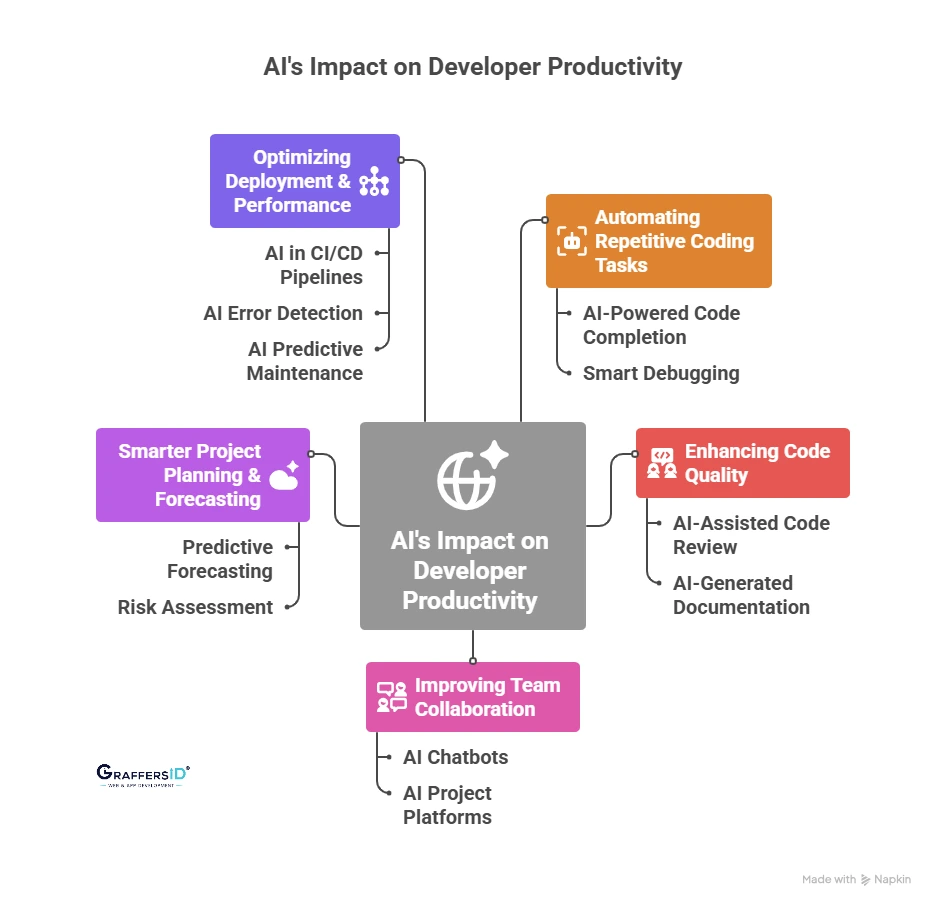
1. Automating Repetitive Coding Tasks
a. AI-Powered Code Completion
Modern AI coding tools use machine learning to forecast and finish code, saving time and effort.
- Tools such as GitHub Copilot, CodeWhisperer, and Tabnine analyze contextual information and pertinent code snippets.
- AI manages syntax and repetitive tasks, allowing developers to focus on concepts and design.
b. Smart Debugging and Automated Bug Detection
Debugging is one of the most time-consuming phases of the development process. AI tools help in:
- Identifying errors and issues instantly.
- The previous data suggests improvements.
- Enhancing code quality by analyzing patterns across repositories.
Some of the popular AI debugging tools are DeepCode, Snyk, and CodeQL.
2. Enhancing Code Quality
a. AI-Assisted Code Review
Traditional code review processes require much manual effort. AI-driven code review methods speed up this procedure by:
- Identifying performance problems and security risks.
- Automatically applying coding standards.
- Providing developers with immediate feedback.
Some examples include Codiga, SonarQube, and DeepCode.
b. AI-generated Documentation
AI eliminates the need for manually writing documentation by:
- Generating clear and structured documentation based on code patterns.
- Ensuring up-to-date API references and usage guidelines.
- Improving maintainability for large-scale projects.
Tools like Mintlify and DocuWriter AI are changing documentation workflows.
3. Improving Team Collaboration
a. AI Chatbots
AI chatbots improve teamwork by providing instant responses to technical queries. Some popular AI chatbots include:
- ChatGPT: Assists with algorithm suggestions, error correction, and code explanation.
- Slack AI: Assists development teams with work automation and effective communication.
b. AI Project Platforms
AI uses previous data to forecast project timelines with accuracy, making it easier for teams to achieve deadlines. Tools like Jira AI and ClickUp AI automate task allocation and optimize sprint planning.
Read More: What is AgentOps in 2026: How to Monitor, Manage, and Scale AI Agents for Enterprise Automation?
4. Smarter Project Planning & Forecasting
- AI predicts project delays and bottlenecks with real-time adaptive forecasting.
- Risk assessment models identify potential security and compliance issues early.
5. Optimizing Deployment & Performance
a. AI in CI/CD Pipelines for Automated Deployment
- Automates testing, builds, and deployments.
- Reduces human errors and ensures smooth software updates with minimal downtime.
b. AI Error Detection
- AI tools do regular reviews of programs to search for unusual activity.
- Tools like New Relic AI and Datadog AI detect problems and improve system performance.
c. AI Predictive Maintenance
- AI-powered observability tools predict hardware and software issues before they occur.
- Decreases downtime and enhances the user experience with proactive maintenance.
Top AI Development Tools in 2026
| AI Tool | Purpose |
|---|---|
| GitHub Copilot X | AI-powered pair programming & code completion |
| Tabnine | Autocomplete for faster coding |
| DeepCode AI | Smart bug detection & code review |
| Amazon CodeWhisperer | AI code generation & suggestions |
| Jira AI | Predictive project management |
| ChatGPT (GPT-5) | AI developer assistant |
| SonarQube AI | Automated code review & quality checks |
| Datadog AI | Performance monitoring & predictive alerts |
| New Relic AI | Anomaly detection & system health insights |
Challenges of AI Adoption in 2026
Though AI has many advantages, AI adoption in software development has a few challenges as well:
- Over-dependency on AI: Developers over-dependent on AI-written code may lose the ability to write optimized and efficient code by themselves.
- Bias in AI Models: AI models that have been trained on biased datasets may provide improper or unethical code recommendations, which could result in non-compliance or security threats.
- Limited Contextual Understanding: While AI systems can analyze code patterns, they may not be able to handle complex and advanced analysis that requires human understanding and problem-solving abilities.
- Data security risks: AI programs that have been trained on public code bases can cause unintended plagiarism issues or safety issues.
- High Costs: Smaller organizations or startups may not be able to afford advanced AI solutions because they often require major investments.
Future of AI in Developer Productivity (2026 & Beyond)
Looking ahead, AI is evolving into a co-developer rather than just a tool:
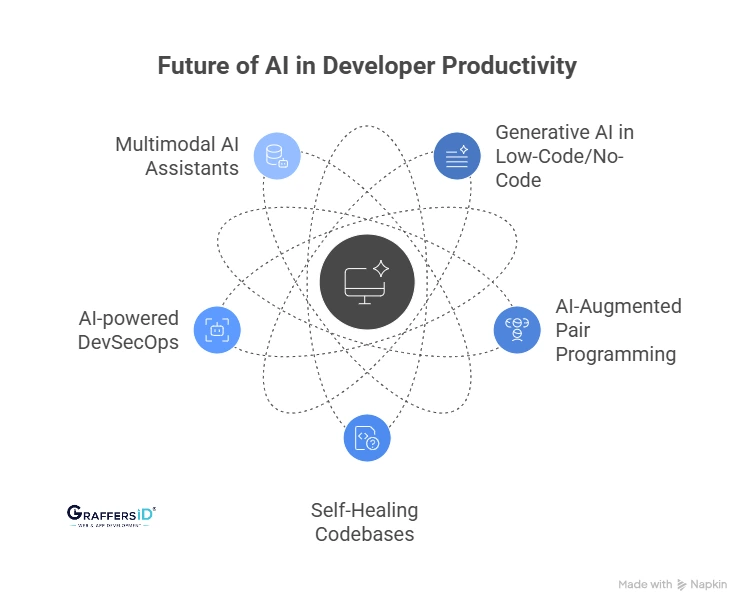
- Generative AI in Low-Code/No-Code: AI-powered platforms like Microsoft PowerApps and OutSystems are making software development accessible to non-developers by enabling code generation through natural language inputs.
- AI-Augmented Pair Programming: AI-driven pair programming assistants will improve real-time collaboration between human developers and AI, reducing coding errors and speeding up development cycles.
- Self-Healing Codebases: Artificial intelligence will help find and correct code errors automatically, reducing the need for manual debugging and improving system reliability.
- AI-powered DevSecOps: AI-powered security solutions will improve security, automate compliance checks, and continuously identify issues.
- Multimodal AI assistants: AI will process text, code, images, and voice to support developers in real-time, increasing the accuracy and speed of software development.
Conclusion
Artificial Intelligence in 2026 is more than an efficiency booster; it’s the foundation of next-gen software development. By integrating AI across the SDLC, businesses can unlock faster releases, fewer errors, smarter collaboration, and scalable innovation.
GraffersID helps companies speed up their software development processes by integrating AI-powered technologies. We offer expert AI-backed development services customized to your business requirements, whether you require AI-driven project management, AI-enhanced development processes, or automation in testing and deployment.
Contact GraffersID now to see how AI can improve software developers’ productivity and drive innovation.
